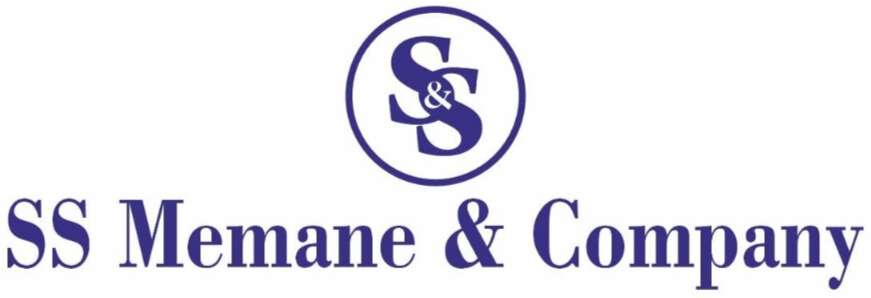Company Strike Off
Quick Contact
Documents Required
- PAN Details
- Invoice Details
- Bank Statements
- Previous Returns
Company Strike Off
Company Strike Off refers to the process of removing a company’s name from the register of companies maintained by the Registrar of Companies (ROC). This typically occurs when a company ceases operations or is no longer required. The company’s existence is legally terminated, and it is no longer subject to statutory obligations.
Key Aspects of Company Strike Off
1. Overview:
- Purpose: To officially dissolve a company and remove it from the corporate register when it is no longer in operation or is not required.
- Legal Framework: Governed by the Companies Act, 2013 in India.
2. Types of Strike Off:
- Voluntary Strike Off: Initiated by the company itself when it decides to cease operations.
- Strike Off by ROC: Initiated by the Registrar of Companies when a company fails to comply with statutory requirements or is not carrying on business.
Documents Required
Board Resolution: Approving the strike-off of the company.
Affidavit: Confirming no business has been conducted and no pending liabilities.
Indemnity Bond: Indemnifying against any future claims.
No Objection Certificates: From creditors, if applicable.
Form STK-2: Application form for strike off.
Proof of Compliance: Confirmation that all statutory filings have been completed.
Process for Voluntary Strike Off
1. Preparation:
- Compile Financial Statements: Prepare balance sheet, profit and loss account, and cash flow statement.
- Update Shareholding Pattern: Record details of shareholders, directors, and key managerial personnel.
- Verify Compliance: Ensure compliance with all statutory requirements, including the payment of fees and submission of other forms.
2. Form Selection:
For Companies:
- Form MGT-7: Used for filing the annual return for a company.
- Form AOC-4: Used for filing financial statements along with the annual return.
For LLPs:
- Form 11: Annual return for an LLP.
- Form 8: Filing of financial statements and other details.
3. Filing Process:
- Login to MCA Portal: Access the Ministry of Corporate Affairs (MCA) portal.
- Select the Appropriate Form: Choose the relevant form (MGT-7, AOC-4, Form 11, Form 8) for filing.
- Fill in Details: Enter details such as financial statements, shareholding pattern, and director information.
- Upload Documents: Attach supporting documents and financial statements.
- Pay Fees: Pay the prescribed fee for the filing.
- Submit Form: Submit the completed form electronically.
- Obtain Acknowledgment: Download the acknowledgment receipt for your records.
4. Verification:
Review: Ensure that all information is accurate and complete before submission.
Revisions: File revised returns if any discrepancies are identified.
Process for Strike Off by ROC
1.Identification:
- The ROC identifies companies that have not filed annual returns or financial statements or have been inactive for an extended period.
2. Notice:
- The ROC issues a notice to the company and its directors, informing them of the proposed strike-off action.
3. Response:
- The company can respond to the notice if it has valid reasons for continued existence or if it has rectified the non-compliance issues.
4. Strike Off Decision:
- If the ROC does not receive a satisfactory response or if the company fails to comply with regulations, the ROC will proceed with the strike-off and publish the decision.
Advantages
Cost Savings: Eliminates ongoing compliance costs and administrative expenses.
Legal Closure: Provides formal legal closure of the company’s existence.
Avoid Penalties: Prevents further penalties for non-compliance with statutory requirements.
Clean Slate: Allows directors and shareholders to focus on new ventures without the burden of an inactive company.
Disadvantages
Liability Risks: Directors may be liable for any claims or liabilities arising after the strike-off.
Limited Recovery: Once struck off, the company cannot be easily revived, and assets may be lost.
Legal Consequences: The company’s name cannot be used for a new company for a specified period.
Potential Disputes: There may be disputes with creditors or stakeholders if the company has unresolved issues.
- Copyright 2024 © SS Memane || Designed By || Mr. Sunil Memane


